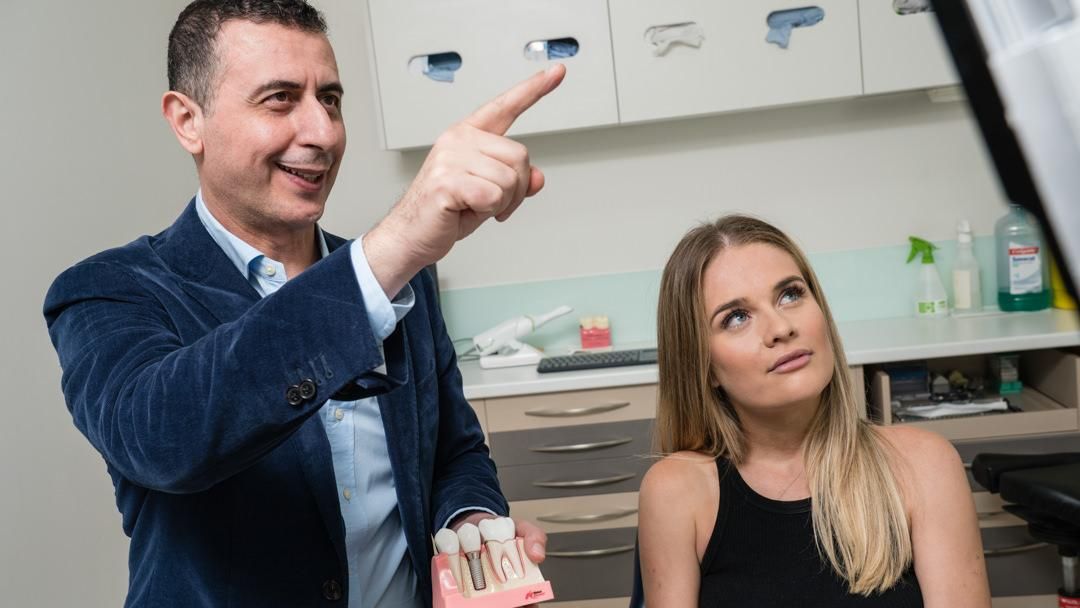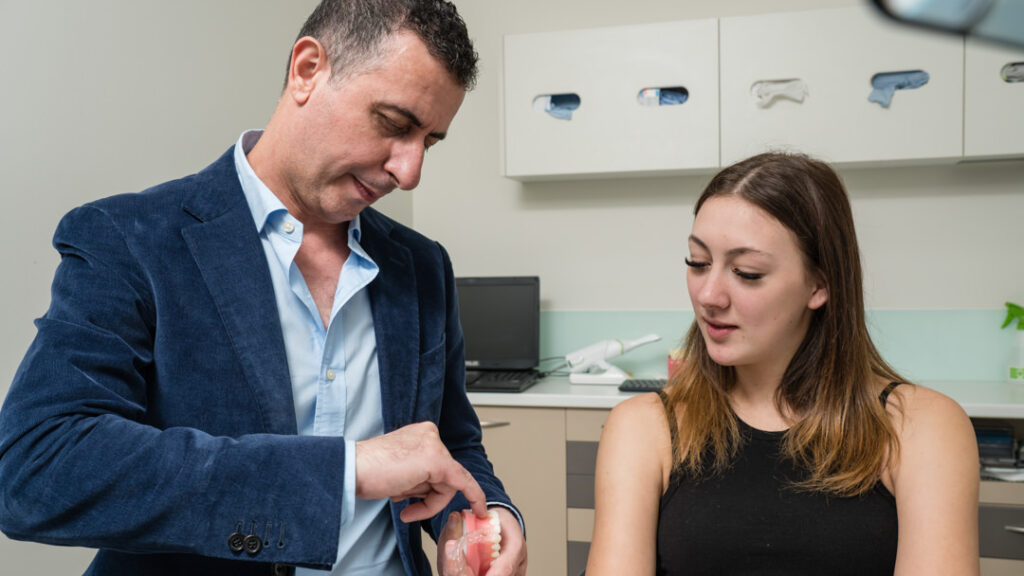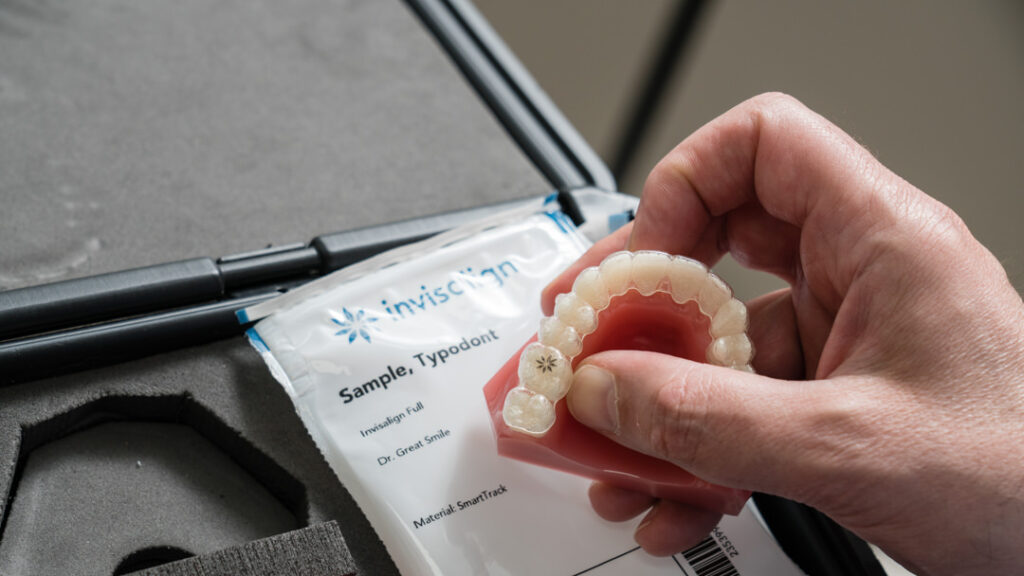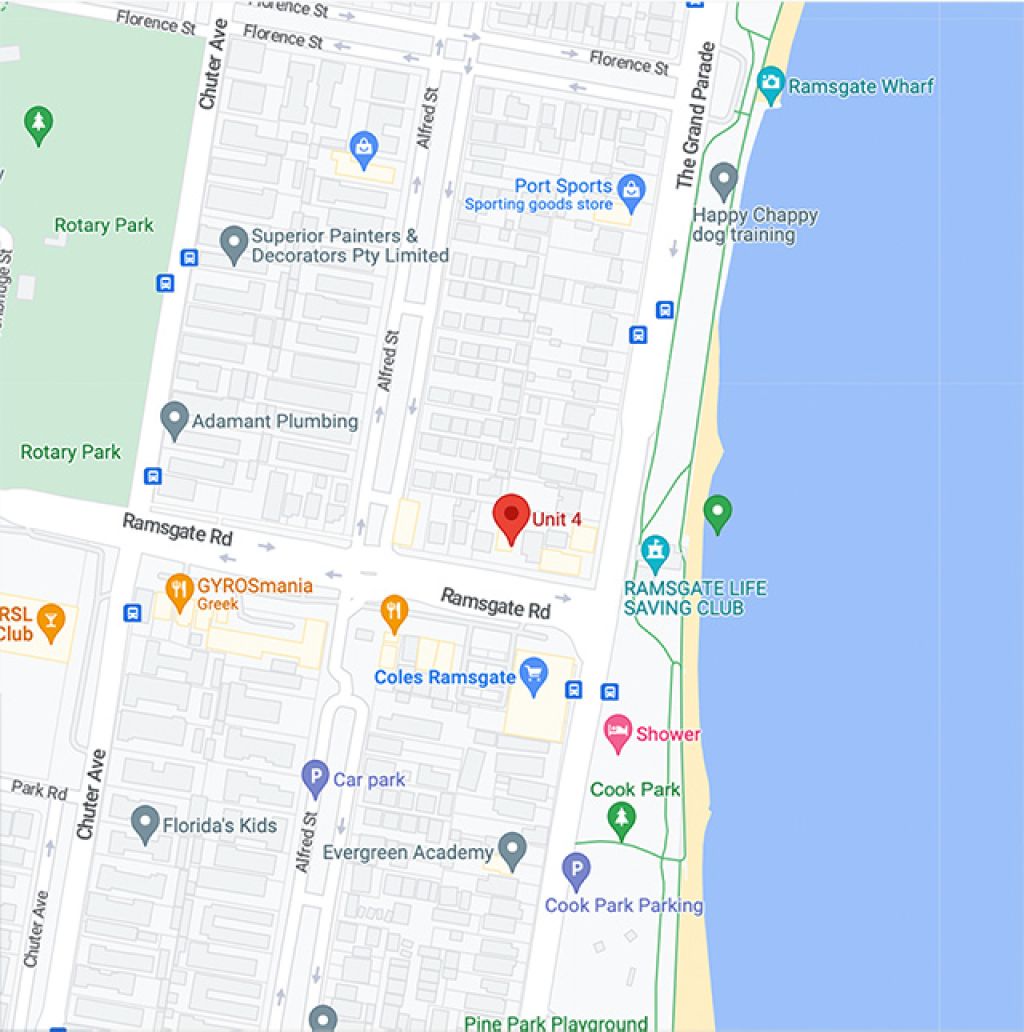
What Are Inlays and Onlays?
What Are Inlays and Onlays?
The most common solution to small cavities is the standard filling. For deeper decay or a larger fracture, a crown will often be applied. But there will be situations where the standard filling is not enough and a crown would be too much for certain dental conditions. In these cases, dental professionals will use the in-between option in the form of dental inlays or overlays.
Dental inlays and overlays offer improved protection compared to fillings and are not quite as intrusive as a crown.
What to Know About Inlays and Overlays
An inlay works to fill in imperfections that are located in smaller areas between the cusps of the tooth. Onlays provide the same sort of solution but can work on a larger area including across the top of a cusp. Both onlay and inlay work function very much like a crown except they will not cover the entire tooth.
Both inlays and overlays serve the same basic function and are made from the same materials. But they will be used to cover different sized areas of the tooth and protect the tooth from further decay.
Inlays
When the chewing surface of a tooth has become damaged, either from injury or decay, an inlay may be fitted to the affected region. Inlays are created from a special imprint of the tooth and the area that needs protection. These imprints will be sent to a laboratory where the inlay will be created.
The inlay is designed to perfectly fit the area of the tooth they will be addressing and is perfectly designed to not affect the cusp of the tooth. In addition to perfectly matching the shape and form of the tooth, the inlay will be selected to perfectly match the colour of the tooth. This means that they will remain virtually undetectable to all but the closest scrutiny.
Inlays are generally made of porcelain or some other composite material that is typically more durable than your average filling. This type of dental treatment is selected when a tooth requires fortification and a standard filling will not be enough to strengthen the tooth. Inlays are stronger and more expensive than a filling but they can also be expected to last considerably longer.
Onlays
If the damage or decay to the tooth includes the cusp and biting area of the tooth an onlay will be the best choice. Dentists often recommend this option when the cavities or damage to the tooth is too big for a standard amalgam or resin filling or if the tooth is cracked and needs some extra strength.
An onlay can fortify a broken tooth and protect a decaying area against further damage. Unlike an inlay which is used for smaller areas, the onlay can even protect the cusp of the tooth and the spaces in between. A dentist will prepare the tooth for an onlay in the same way they will prepare the tooth for a filling. This begins with a local anesthetic that will numb the affected area and allow the dentist to drill the cavity and clean the decaying matter.
Then, a temporary onlay will be applied to the affected area and an impression is taken so that a perfectly designed onlay can be created in a laboratory. The onlay is made of the same composite materials as an inlay, and porcelain can also be used.
Once manufactured, the onlay can then be applied to the tooth. When applying an onlay, the entire tooth is kept intact. When a crown is used to protect the tooth, portions of the tooth may need to be removed and some filling applied to protect the tooth. Onlays have also been called “partial crowns” because they serve the same basic purpose as a crown but only cover a small portion of the tooth as opposed to covering the entire thing.
How Long Can I Expect My Inlays and Onlays to Last?
One thing that makes inlays and onlays such an ideal method of tooth protection is that they can last for an exceptionally long time. It is difficult to say exactly how long because many factors will affect the longevity of the dental application. For example, if the inlay or overlay sees more attrition and use, or if they are not cared for properly, they may get damaged and fail sooner than expected. The average lifespan of an inlay or overlay can be anywhere between 5 and 30 years.
We’re happy to provide you with more information and answer any questions you may have. We can also provide an estimate for the work that takes into account your needs and your level of health cover.
Make an appointment today and find out if inlays or onlays are right for you.



